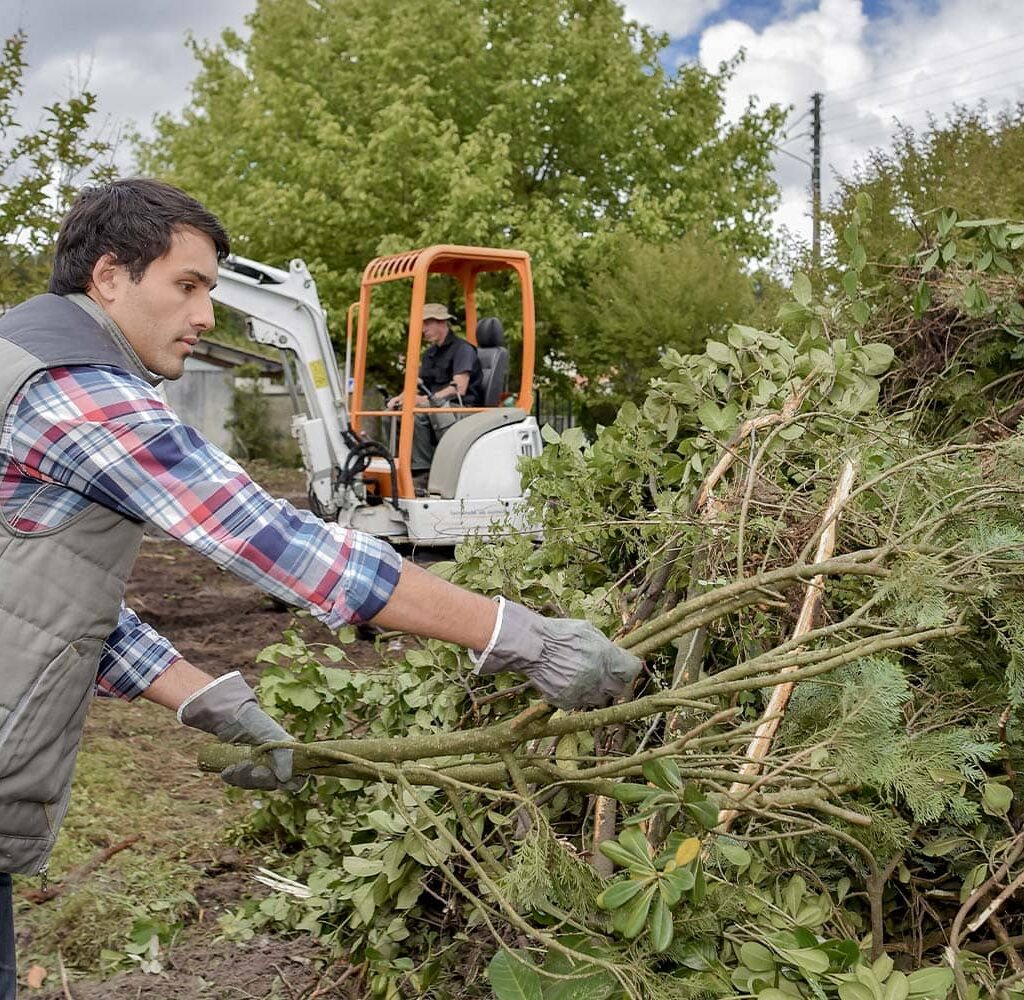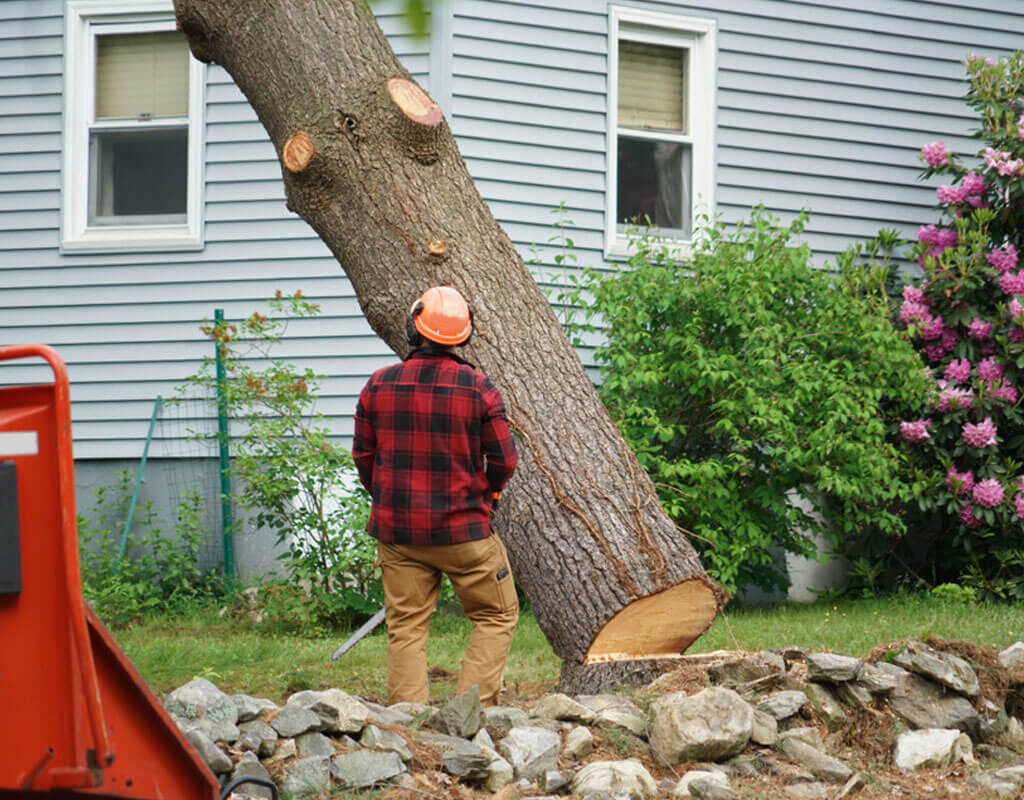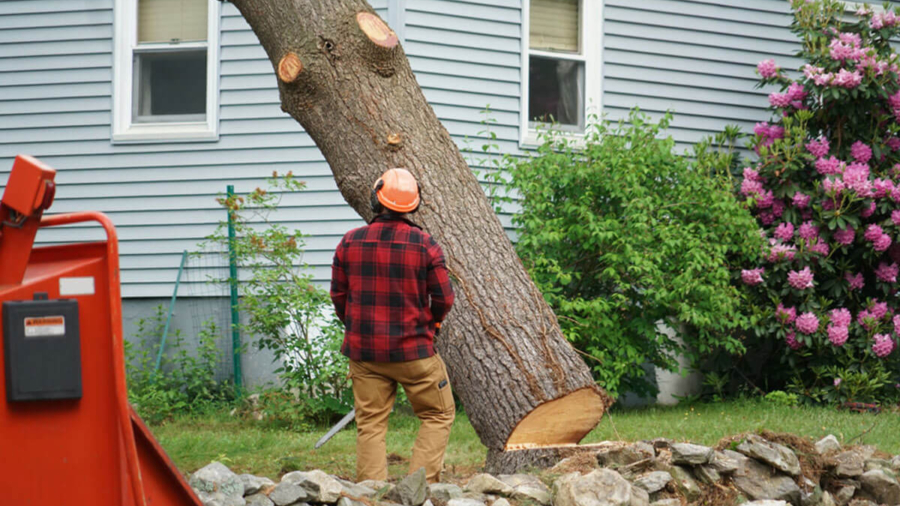Green spaces play a crucial role in enhancing the quality of life for residents in urban areas. These pockets of nature provide numerous environmental, social, and economic benefits that contribute to the overall well-being of a community. However, striking a balance between development and conservation is often a challenge.
In North Shore, we recognize the importance of preserving and maintaining green spaces while meeting the needs of a growing population. That is why we are committed to sustainable tree removal North Shore practices that ensure the preservation of our urban ecosystems.
Understanding the Importance of Green Spaces
Oftentimes, the significance of green spaces in our urban environments is underestimated. These areas, which include parks, gardens, and street trees, provide a range of benefits that positively impact our lives. One of the key roles that trees play in urban ecosystems is their ability to mitigate air pollution by acting as natural filters, absorbing harmful pollutants and releasing clean oxygen. Furthermore, green spaces offer shade, reducing the urban heat island effect and improving the overall comfort of our surroundings.
Beyond their environmental contributions, green spaces also promote social well-being. They act as gathering places for communities, providing opportunities for social interactions, recreational activities, and relaxation. Access to green spaces has been shown to improve mental health and reduce stress levels. Additionally, these areas contribute to the aesthetic appeal of our city, enhancing property values and attracting visitors. You can get about the art and science of tree removal in North Shore on the link https://lakefamilyinc.com/beyond-branches-the-art-and-science-of-tree-removal-in-north-shore

The Role of Trees in Urban Ecosystems
Trees are the backbone of any urban ecosystem. They provide numerous ecological benefits, such as habitat for birds, insects, and other wildlife. In addition, trees help maintain a balance in the local climate by moderating temperature fluctuations, reducing energy consumption for heating and cooling, and mitigating the effects of extreme weather events. Moreover, the roots of trees help stabilize the soil, preventing erosion and protecting water quality.
By understanding the value that trees bring to our urban ecosystems, we can begin to appreciate the need for their preservation and sustainable management.
The Balance Between Development and Conservation
As our communities evolve and grow, the demand for space and infrastructure increases. However, it is essential that we strike a balance between development and conservation. While development is necessary for progress, it must be done in a way that minimizes the impact on our natural surroundings.
This challenge is particularly relevant when it comes to tree removal. In some instances, trees may need to be removed to make way for new construction or infrastructure. However, it is crucial to approach tree removal in a responsible and sustainable manner, ensuring that the ecological integrity of the surrounding area is maintained.
Urban Green Spaces and Climate Change
In the face of climate change, urban green spaces play a vital role in building resilience and adapting to the challenges ahead. Trees, with their ability to sequester carbon dioxide, help mitigate the effects of greenhouse gas emissions. They also provide natural cooling through evapotranspiration, reducing the need for energy-intensive air conditioning.
Furthermore, green spaces act as natural stormwater management systems, absorbing and filtering rainwater, which helps prevent flooding and protects water quality. This is especially crucial in urban areas where concrete and asphalt dominate the landscape, leading to increased runoff and pollution.
By incorporating green infrastructure into our cities, such as green roofs and rain gardens, we can maximize the benefits of urban green spaces and create more sustainable and resilient communities.
The Concept of Sustainable Tree Removal
Sustainable tree removal is an approach that seeks to minimize the environmental impact of tree removal while meeting the needs of development. It involves careful planning, assessment, and implementation of tree removal activities, taking into account factors such as tree health, species diversity, and ecological connectivity.
Defining Sustainable Tree Removal
Sustainable tree removal encompasses a range of practices aimed at preserving and maintaining the health of our urban ecosystems. It involves the consideration of alternative options before removal, such as tree relocation or selective pruning. When removal is necessary, it is done in a manner that minimizes disturbance to surrounding vegetation and wildlife habitats.
The Environmental Impact of Tree Removal
Tree removal can have unintended consequences on the environment. It can disrupt ecosystems, destabilize soils, and lead to increased stormwater runoff. Additionally, the loss of mature trees can have long-term effects on air quality, carbon sequestration, and biodiversity. By adopting sustainable tree removal practices, we can mitigate these impacts and ensure the long-term health of our green spaces.
One of the key considerations in sustainable tree removal is the health of the trees themselves. Before any removal is carried out, a thorough assessment is conducted to determine the overall condition of the tree. This assessment includes evaluating the tree’s structural integrity, disease or pest infestations, and potential for hazardous conditions. By identifying any underlying issues, arborists can make informed decisions about the necessity of removal and explore alternative options.
Another important aspect of sustainable tree removal is the preservation of species diversity. Urban ecosystems are often characterized by a limited number of tree species, which can make them more vulnerable to diseases and pests. When removing a tree, arborists prioritize the planting of new trees that belong to different species, ensuring a more resilient and diverse urban forest. This approach helps to maintain ecological balance and reduce the risk of widespread tree loss due to the spread of diseases or pests.

Our Approach to Sustainable Tree Removal in North Shore
At North Shore, we are dedicated to implementing sustainable tree removal practices that prioritize the preservation of our urban ecosystems. Our approach is centered around careful planning, collaboration, and minimizing environmental disruption.
When it comes to sustainable tree removal, we believe that thorough assessment is key. Before any tree removal activities are undertaken, a comprehensive assessment is conducted to determine the necessity and best course of action. We work closely with certified arborists and environmental experts to ensure that each removal is justified and in line with our commitment to sustainability.
But our commitment doesn’t stop there. We go above and beyond to ensure that the tree removal process has minimal impact on the surrounding vegetation and wildlife habitats. Our experienced team employs techniques that are not only efficient but also environmentally conscious. We carefully dispose of and recycle tree materials, reducing waste and promoting sustainability. Additionally, we implement erosion control measures in the affected areas to prevent soil erosion and preserve the integrity of the ecosystem.
Ensuring Minimal Environmental Disruption
At North Shore, we understand that tree removal is just one aspect of construction and development. That’s why we take a holistic approach to minimize environmental disruption throughout the entire process. We believe that it is our responsibility to protect and preserve our natural surroundings.
When it comes to construction, we use advanced techniques that protect tree roots. By employing innovative methods, we ensure that the trees in the vicinity of the construction site remain unharmed and continue to thrive. Furthermore, we prioritize sustainable stormwater management practices to prevent pollution and protect our waterways.
Preserving green spaces is another crucial aspect of our approach. We recognize the importance of maintaining a healthy balance between urban development and nature. That’s why we make it a priority to preserve green spaces throughout the development process. By incorporating green areas into our designs, we create a harmonious environment that benefits both humans and wildlife.

The Future of Green Spaces in North Shore
As we move forward, our commitment to sustainability remains steadfast. We recognize the significance of our green spaces and their contribution to the overall well-being of our community. Therefore, we pledge to continue prioritizing the preservation and enhancement of these areas.
Ongoing Commitment to Sustainability
Our commitment to sustainable tree removal extends beyond our current projects. We are actively exploring innovative solutions that further minimize our environmental footprint and enhance the resilience of our urban ecosystems. By embracing sustainable practices, we can create a healthier, more vibrant future for North Shore.
The Role of the Community in Green Space Preservation
Preserving and maintaining green spaces is not a task that can be accomplished by a single entity alone. It requires the active involvement and support of the community. We encourage residents to participate in tree planting initiatives, engage in sustainable gardening practices, and advocate for the preservation of our green spaces. Together, we can ensure that North Shore remains a thriving and sustainable community for generations to come.
One of the ways we are enhancing our green spaces is through the implementation of smart irrigation systems. These systems utilize advanced technology to monitor soil moisture levels and weather patterns, ensuring that our green spaces receive the optimal amount of water. By reducing water waste, we not only conserve this precious resource but also promote the health and longevity of our plants and trees.
Furthermore, we are investing in the expansion of our urban forest canopy. Through strategic tree planting initiatives, we aim to increase the shade provided by trees, reducing the urban heat island effect and improving air quality. These trees will not only beautify our neighborhoods but also provide habitat for wildlife, create a sense of tranquility, and contribute to the overall well-being of our community.

